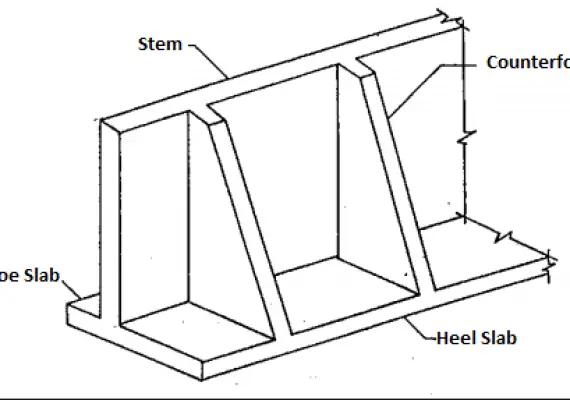What is Shotcrete | Gunite vs. Shotcrete
What is Shotcrete?
Shotcrete concrete can be described as a mixture of cement, sand and water sprayed pneumatically via a nozzle and at high speed to supply a compacted, dense and homogeneous mass. Fibre reinforcement and silica fume may be brought to shotcrete concrete to enhance aggregate strength.
Proper making use of shotcrete concrete will produce a sound concrete with appropriate bonding. Shotcrete concrete is used, and it is powerful for thin sections and large areas.
Shotcrete concrete will have high strength, low water absorption, and low permeability if mixed and applied correctly.
Unfortunately, improper application of shotcrete concrete will produce a susceptible concrete surface, vulnerable for chemical corrosion which lessens the sturdiness of the structure.
Shotcrete is a method of making use of concrete projected at high velocity typically directly to a vertical or overhead floor. The impact resulting from the application consolidates the concrete.
Although the hardened components of shotcrete are just like those of traditional cast in place concrete, the character of the placement system results in an excellent bond with maximum substrates mainly on complicated forms or shapes.
The shotcrete system needs less formwork and can be more budget-friendly than conventionally placed concrete. Shotcrete is carried out the application of a wet- or dry-blend process.
The wet-mix shotcrete technique mixes all components, along with water, before advent into the delivery hose. The dry-mix shotcrete technique adds water to the mix on the nozzle. Shotcrete is used in new building projects and repairs and is appropriate for curved and thin layers.
Dry-Mix Shotcrete
In most case, using a dry mix shotcrete method, aggregate and cement mixture is mixed with water inside the delivery hose. This mixture is sprayed from the hose nozzle at high speed to the targeted surface.
The advantage of using the dry mix shotcrete method are:
- Minimal or no mess from production and this eases site clean-up job.
- The method is perfect for pools with a small work area or those with less than 1,000 sq—feet of water surface area and pools with elaborate or sophisticated detail.
- The hose is lighter and easier to use
- Easy setup, dismantle, and clean up as well as on-site control of materials.
- Super high strength with low shrinkage
Wet-Mix Shotcrete
With the wet-mix shotcrete method, pre-mixed concrete moves through the line, with air added once the concrete reaches the nozzle. This air will create a very high-velocity flow of the mixture, which in most cases are cement, coarse sand, and a coarse aggregate less than 3/8 inch in diameter.
Advantages of using the Wet-Mix Shotcrete method include:
- Less rebound of shotcrete during application
- Little or no formwork is needed.
- Cost-effective method for placing concrete.
- Ideal for irregular surface applications.
- Allows for more comfortable material handling in areas with difficult access.
- The ability to use accelerators, air entrainment, fibers, and other admixtures.
- Rate of application is higher.
- Ease of application for more complex projects, like those with several curtains of reinforcing bars.
Difference Between Gunite And Shotcrete
Gunite was originally a trademark name for a pneumatically applied dry concrete mixture. When the term shotcrete was approved by the American Concrete Institute (ACI) in the 1950s, it referred to pneumatically applied mortar.
Today, it’s not uncommon for companies and people to call dry-mix shotcrete ‘gunite’ when it’s a method of shotcrete application.
Concrete can be made of either gunite or shotcrete. The difference between the two is when the concrete mixes with the water. Shotcrete refers to wet concrete that is fully mixed already before it’s shot out of a hose. Gunite is dry concrete mix that only mixes with water at the nozzle when it’s sprayed.


